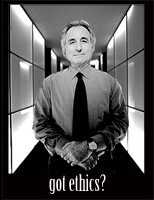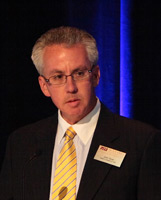
Junk bonds, subprime and the pepper crises: Investor behavior follows pattern
In his classic book on economic history, Charles Kindleberger argued that asset bubbles follow a predictable pattern. A new opportunity or technology sparks investor euphoria. Asset prices quickly rise to an unsustainable level. Then suddenly, people stop buying, and panic ensues. The more people who leave, the faster values plummet. So it is with real estate and subprime mortgages today, and so it was with junk bonds a generation ago.






